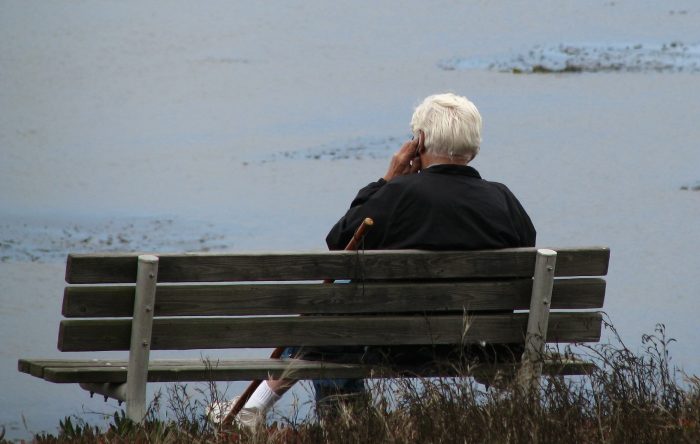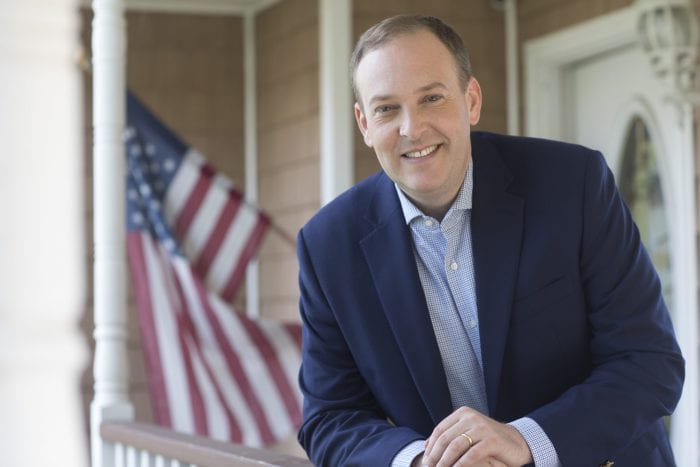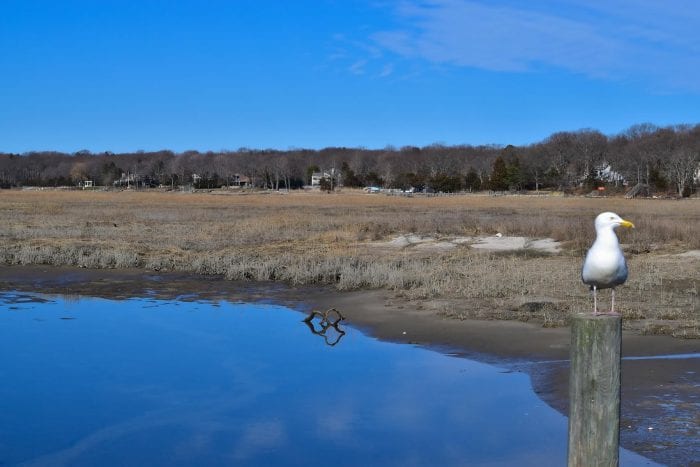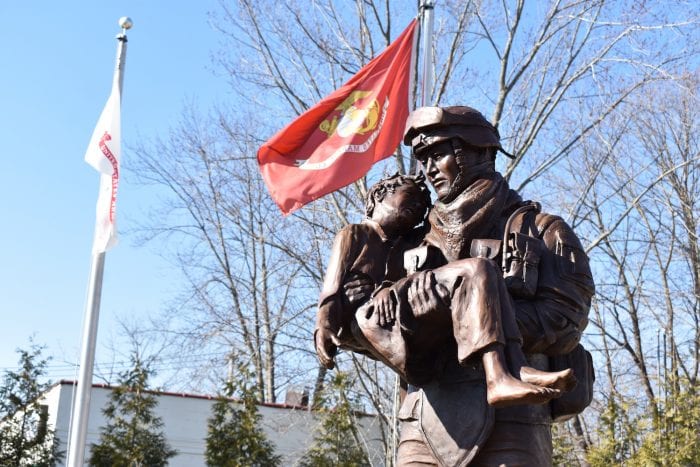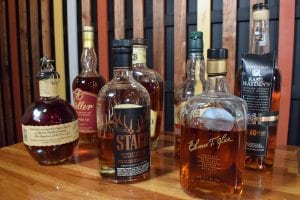By Leah S. Dunaief

Virtually everyone seems to agree that when the pandemic is finally over, life will not be the same as it was pre-COVID-19. Prominent among the changes will be some degree of working remotely. Before the virus descended, requests to work from home at least part of the week were typically refused by employers. Enter “Zoom” in lock-step with the pathogen.
Technically, Zoom was among us before the virus but only a small segment of the population used the platform. Once we were restrained to our homes, we laypeople discovered how easy and useful it was “to Zoom,” and the name became a verb, much like Xerox or Google. So certainly Zooming will remain with us for a long time to come. But what are its unintended consequences?
For one, there is the phrase that has now entered the English language: Zoom fatigue. We, who are on Zoom regularly and for long periods, understand this term. According to an article in National Geographic, published this past Tuesday and written by Theresa Machemer, new research offers data on this phenomenon to confirm our perceived discomfort.
Here are some interesting bits of information. On average, women report 13.8 percent more Zoom fatigue than men. Here is more: besides long days full of calls with few breaks that are the culprits, the self-view video, the crowd of faces on the screen, the expectation to stay in view of the camera, and the lack of nonverbal cues all tax the brain. I would add to that the lag between what is said and its transmission is tiring for the eyes and frustrating to the point of encouraging us to talk louder, which too is tiring.
OK, so we can agree that remote working has its perks: “no commutes, flexibility to handle household tasks, and easy access to conferences for all workers, including those with disabilities.” To an extent, we can now live where we want to live, and we can attend class even if the school shuts down due to an emergency or natural disaster. (No more snow days, sorry.)
So here is what the scientists who specialize in the interactions between humans and technology developed, according to National Geographic. They created a tool to measure fatigue, called the Zoom Exhaustion and Fatigue Scale, or ZEF. They then used this in large surveys to measure that fatigue, in addition to how long each person spends on Zoom and demographics. Here are four factors that affect teleworkers.
The “lack of nonverbal cues is stressful because people cannot naturally convey or interpret gestures and body language when just their colleagues’ shoulders and heads are visible.” That presents a constant struggle to the viewer for proper communication.
Here is another, perhaps surprising response. “During video calls, people report feeling trapped in one spot so they can stay within view of the webcam.” As a result, they feel stressed, according to the researchers. Further, the default window, in which users see themselves constantly, can cause “mirror anxiety,” a self-consciousness that can result in distraction and has been linked to depression.
Finally, there is something termed “hypergaze,” in which the viewer feels that the other person or people on the call are staring at them, their faces appearing so near and so intense as to cause discomfort for the brain.
The survey confirmed that women who spend more time in meetings, with shorter breaks between them than men, reported greater mirror anxiety and felt more trapped by their video calls.
How to cope: use a standing desk to feel less trapped; an orange filter on the screen may reduce eye strain; take at least ten minute breaks between video calls; ask conferencing companies to limit the maximum display size of heads on the screen; use some form of hybrid scheduling for home-office work.
I cannot let this subject go, however, without thanking the tech companies for making it possible for me to “see” my family members during this separation of more than a year. It has kept us connected and sane.


